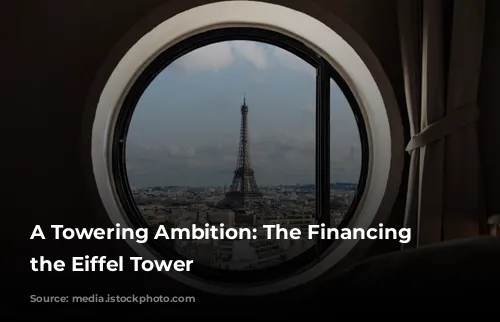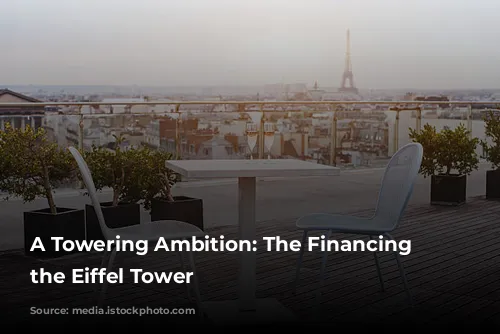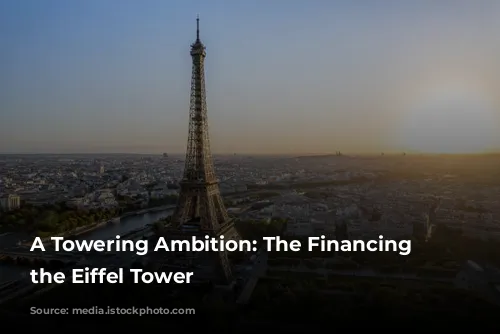The Eiffel Tower, an iconic landmark of Paris, stands as a testament to ambition, engineering prowess, and the crucial role of financial institutions in shaping the urban landscape. But its story, much like the structure itself, was built upon a foundation of perseverance and unexpected twists.
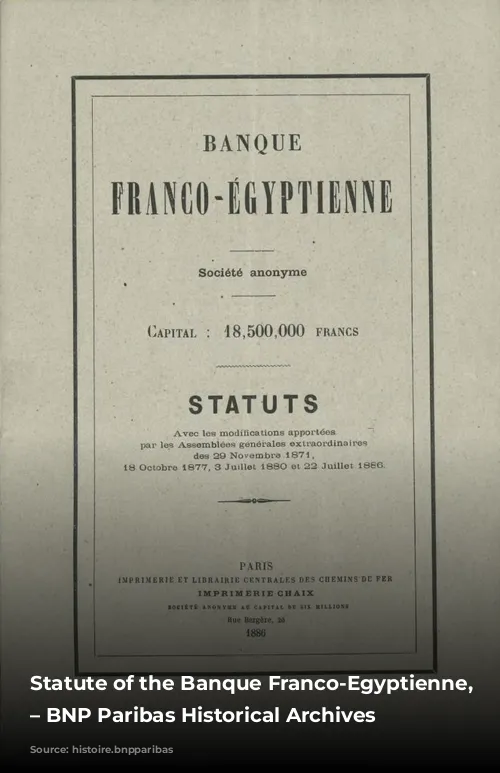
From Chemistry to Construction
Gustave Eiffel, though initially drawn to the world of chemistry, found his path leading him towards a more practical career. His uncle’s untimely death in 1855 dashed his hopes of managing the family’s acetic acid factory, leaving him to pursue other avenues.
Eiffel’s skills and connections quickly propelled him to success. He joined the firm of Charles Nepveu, an established engineer and renowned for his expertise in the metallurgical industry, and quickly rose through the ranks. His work on the Bordeaux bridge, where he pioneered the use of compressed air caissons, further cemented his reputation as a skilled engineer.
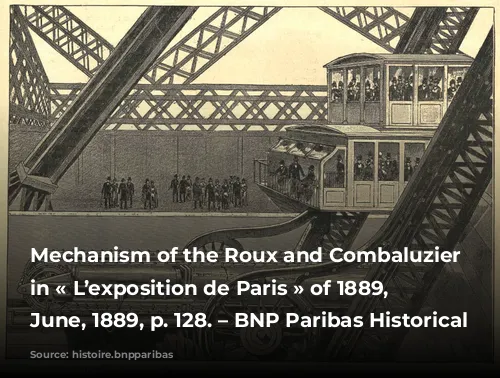
A Legacy of Innovation
Eiffel’s talent and reputation weren’t limited to bridges. He soon found himself entrusted with the construction of the metal framework for the Fine Arts and Archeology gallery at the Universal Exhibition in 1867. This marked the beginning of a series of prestigious projects, including the iconic Statue of Liberty and the Garabit Viaduct.
Eiffel’s success was fueled by a dedicated team of innovative engineers, including Maurice Koechlin and Emile Nouguier, who would play a pivotal role in the creation of the world’s tallest tower.
The Birth of a Landmark
The idea of a monumental iron tower for the 1889 Universal Exhibition was met with both excitement and skepticism. Eiffel and his team were challenged to surpass their previous achievements, and they rose to the occasion.
Their proposal, a testament to their innovative spirit and engineering prowess, was met with initial hesitation from Eiffel himself. However, the ambitious vision, coupled with the talent of Stephen Sauvestre, a renowned architect, eventually won him over. The patent filed in 1884 marked the official birth of the Eiffel Tower.
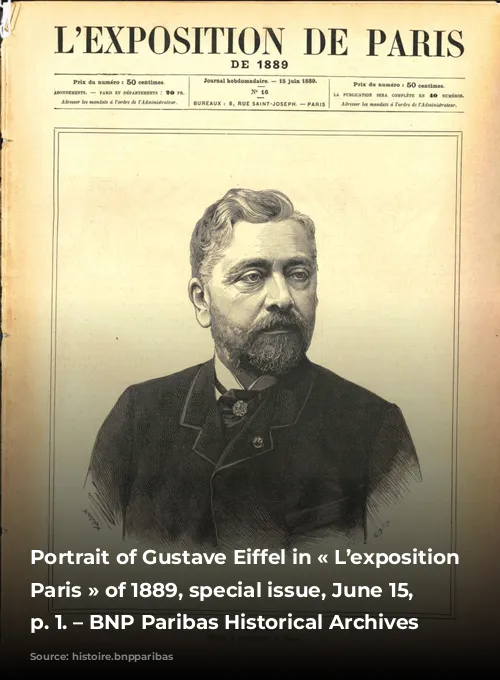
A Bold Vision, A Crucial Partnership
Despite the challenges and skepticism, Eiffel’s vision was bold and ambitious. The project required significant financial backing, which proved to be a hurdle. Public funds could only cover a fraction of the estimated cost, forcing Eiffel to seek private investment.
The Banque Franco-Egyptienne, under the leadership of Ernest May, stepped forward, seeing the potential of this ambitious project. The bank’s commitment, coupled with the support of Crédit industriel et commercial (CIC) and Société Générale, ensured the project’s financial viability.
A Legacy of Financial Support
The Eiffel Tower stands as a testament to the importance of financial institutions in shaping the urban landscape. The Banque Franco-Egyptienne‘s crucial role in financing the project not only facilitated the construction of the iconic tower but also solidified the bank’s legacy.
The bank’s subsequent evolution and mergers, ultimately culminating in the creation of BNP Paribas, illustrate the interconnectedness of history and financial institutions, proving that even the most ambitious projects often rely on collaborative efforts. The Eiffel Tower, a symbol of audacity and innovation, serves as a reminder of the enduring power of collaboration and vision.
